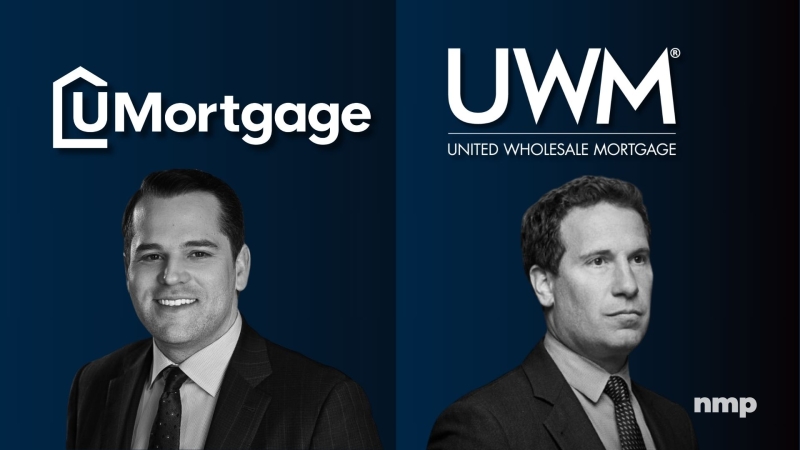Advertisement
Argent builds a sturdy marketing platform
Business growth: The mergerJoe Cornotop-down management, synergistic collaboration workplace, hybrid synergistic, collaborate
Today's industry is completely different than the industry of
yesteryear. The tyrant and top-down management has been replaced
with a synergistic collaboration workplace. Currently, it is
evolving into some form of hybrid synergistic, top-down,
production-focused workplace, while being a spiritually satisfied
type of industry.
Control and repression at the workplace can be negative in the
wrong application, yet the extreme bottom line requisites their
existence, and they are usually unavoidable. Some manner of team
diplomacy, along with management taking control, is the current
trend for doing business.
As we enter into the "bigger is better" stage of our industry
development, we are possibly looking at various ways of growth. One
concept that comes across management minds is to merge forces with
the competition--collaborate into a stronger brand and market
share.
Most mergers often come at the sake of dedicated employees. Yes,
it is necessary to eliminate overlapping functions and positions.
What I am referring to are the winners for your company--those who
just keep performing exceptionally without any need for
recognition.
The first step to a successful merger is to make sure that key
positions are filled with the winners of your company. With two
companies merging, you may only know half of the story. Other
merger agreements require that personnel only come from one side of
the coin and that the stronger of the two companies controls the
personnel assignments.
These are both equally devastating to the loss of major players
for the newly merged business. You see this all the time, when a
merger has entire new companies sprout up from the displaced and
discarded forgotten employees of the released personnel side of the
merger.
It works best when both companies' top management recruits in
equal numbers and takes advantage of both companies' winning
personnel. There is a short-term loss of employee trust when a
merger is announced. The winners will embrace the concept if top
management share equal control on filling positions within the
newly merged company.
The next step is to decide and make it happen. Top management
should have the newly positioned cross-chosen management team meet
daily for the first quarter of business. These people decide who
stays and who fills the lower company positions.
Do not leave such choices up to the personnel department or
upper management. They simply do not have a clue as to the key
people within lower management. The ones who outperform and deliver
a better bottom line are to be kept no matter which company they
are currently working for.
The position choices, along with which brand is stronger, needs
to happen in the first 90 days of operation. The mission, business
goals, product lines and marketing strategies all come forth in the
first 90 days from the blended management and key staff personnel.
Whatever is better stays; whatever is not goes.
The third step is to hit the ground running. Once decisions have
been made and implemented, it is time to make the new company
presence known. Let us say that the company decided to utilize a
Real Estate Investment Trust type of loan product, which gave a
certain niche for the new company. Get it out, market it and get a
jump on the industry.
A decision to offer continuing educational courses is a newly
chosen marketing strategy, for example. Do not allow the paralysis
of analysis to creep in. Set the trainings up, have your marketers
pump up the trainings and start the trainings. You could tie in
with an existing venue, but you lose branding capability.
Between the two companies, one top manger from Company A becomes
the CEO. This individual will take the public stage and pump the
brand, the service and the unique, atypical qualities of the new
company. The other manager from Company B becomes the chief
financial officer and counts the beans. The new CFO role is to keep
the cost down and not allow branding and marketing to take their
eyes off the mission of the merged company.
If the two cannot see eye to eye, the idea is passed onto a
committee that uses the company mission statement and business
goals as their basis for deciding on what top management could not
agree on. Now we start to see the synergistic role entering the
top-down management system. On a smaller merger scale, an outside
consultant can be the committee.
If the committee is tainted in any way from top management, the
new company is headed towards debate, court and possible demise of
any benefit to the merger. Also, key positions are lost to
resignations as a result of not allowing your winning people to
function. This, of course, is why you picked them in the first
place, but their job descriptions have become fuzzy.
Lastly, the merger should employ outside review of roles and
functions. An outside or contract consulting firm can fine-tune
egos and pit-bull mentalities--the types of people that once they
get an idea, they never let go of it. This is fantastic for
marketing and industry changes, but terrible for existing products
and services.
The paid consultants have no agenda and will review roles and
functions. After all, you are taking two great businesses that have
inherent weaknesses and glitches to become better and greater. The
purpose and goal of the merger is to do just this, so do not reject
outside scrutiny.
The merger savings and increased market share will result from
such a planned merger. The time for such companies in our industry
for better customer service and versatile product line is upon us.
We have all of the past industry mergers to see what does not work.
Why not take from other industry models what works and make it
happen for you?
Joe Corno is president of Utah-based We Be Consulting and
Seminars. He may be reached at (801) 836-2077 or e-mail [email protected].
About the author





